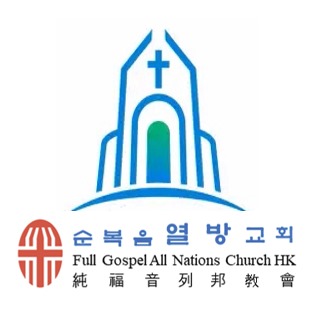Day 20 Reading Schedule : Exodus 36-40 Exodus 36: The Construction of the Tabernacle [Summary] This chapter records the construction work that began with the offerings that the Israelites brought for the construction of the temple. Even after Bezalel and Oholiab began construction, Moses commanded them to stop bringing offerings when the people continued to bring offerings to the point of interfering with the work (verses 1-7). This scene clearly shows the enthusiasm of the Israelites for the construction of the tabernacle. Meanwhile, the people who built the tabernacle began to make the curtains and the boards to be erected in the tabernacle (verses 8-38). The reason why the construction of the tabernacle is repeatedly described in this chapter is because the tabernacle, which symbolizes God’s presence, was the core of Israel’s thoughts and lives. From this chapter on, the construction of the tabernacle begins as God commanded Moses. The reason why the construction of the tabernacle is repeated is because it shows how faithfully Moses carried out the mission that God had given him. Moses faithfully carried out what God had commanded. We can also see the abundance of the offerings through the unity of the community of Israel. Now all that remains is to build the tabernacle according to its pattern.
Exodus 37: Making the Holy Things [Overview] Following the previous chapter, which recorded the making of the curtains and acacia wood that formed the frame of the tabernacle, this chapter mainly mentions the making of the utensils to be placed in the tabernacle. After making the ark to be placed in the most important Holy Place of the tabernacle (verses 1-9), Bezalel made the table and vessels for the bread of the Presence (verses 10-16). He also made the lampstand and the incense altar to light the sanctuary (verses 17-28), and made the anointing oil and spices for incense according to the method God had commanded (verse 29). The various utensils shown in this chapter foreshadow Christ in the history of redemption. After the tabernacle structure was made in the previous chapter, the utensils to be placed in the tabernacle were made in this chapter. However, the order of making the tabernacle utensils is the same as before: the ark of the covenant, the mercy seat, and the cherubim. In addition, the chapter presents a table, a lighthouse, and an incense altar, and incense made from oil and spices used on the incense altar.
Exodus 38: The Furniture of the Tabernacle and Materials for the Tabernacle
[Overview] Unlike the furniture used inside the tabernacle, this chapter records the production of furniture used outside the tabernacle. First, the altar for burnt offerings used for sacrifices was made, and the laver, which was used by the priests to wash their hands before entering the sanctuary, was made of bronze (verses 1-8). Then, the court surrounding the sanctuary was made with linen and pegs (verses 9-20). Meanwhile, this chapter records the materials used to build the tabernacle (verses 21-31). This shows the enthusiasm of the Israelites for building the tabernacle, and at the same time, it shows that the temple was built completely without any financial corruption. In this chapter, the production of the tabernacle furniture continues. Then, the court of the tabernacle is built. This is a part that is not in Exodus 25-31, and introduces a list of materials used to build the tabernacle. The altar of burnt offering and the laver were made in the main chapter, and these two utensils were placed in the courtyard of the tabernacle. Also, the cost of the tabernacle was very surprising, beyond human imagination.
Exodus 39: Priestly Clothing and the Completion of the Tabernacle [Summary] The construction of the tabernacle, which appears from Exodus 25, is now being completed. This chapter records the completion of the tabernacle and all its equipment. After the craftsmen completed the tabernacle and its equipment, they made the priestly clothing according to the method God had commanded (verses 1-31). Their beautiful and splendid clothing symbolizes the grace of God’s glory. Now that they had completed the construction of the tabernacle, they brought the work to Moses. After seeing it, Moses blessed those who had worked hard to build the tabernacle (verses 32-43). This chapter discusses the priestly clothing based on chapter 28. Many parts are repeated, because such content emphasizes the sacred and solemn nature of this work in Israel’s history. In addition, this chapter emphasizes several times that Moses thoroughly obeyed God’s instructions.
Exodus 40: Dedication of the Tabernacle [Overview] Exodus, which shows the story of a nation called Israel starting out as a community of God through a covenant in the history of redemption, ends with this chapter. The Israelites who completed the tabernacle set up the tabernacle on the first day of the first month according to God’s command (verses 1-33). After that, God’s glory filled the tabernacle, and a cloud settled over it, guiding the Israelites on their way (verses 34-38).
[Explanation] In terms of its format, Exodus 40 is divided into two parts similar to Exodus 25-30 and Exodus 35-39. That is, in verses 1-16, God instructs Moses about the arrangement of the tabernacle, and in verses 17-33, Moses obeys this command and carries it out. The Israelites, who are about to complete the tabernacle, once again listen to God’s words. And they obeyed.
|  All Nations Church
All Nations Church  All Nations Church
All Nations Church